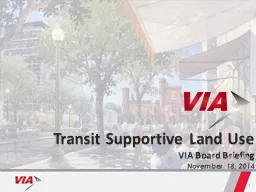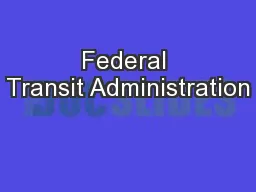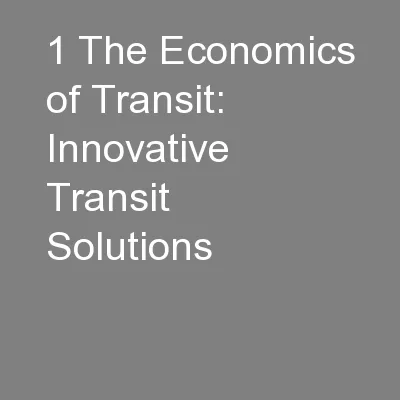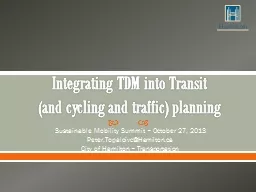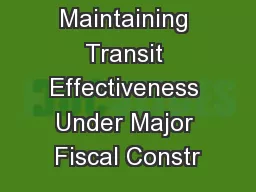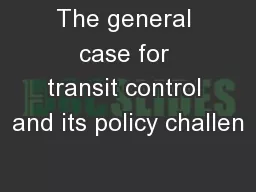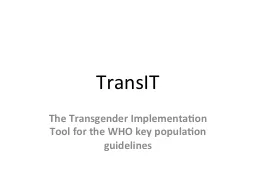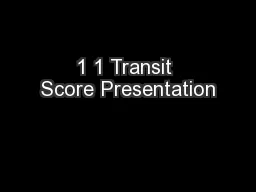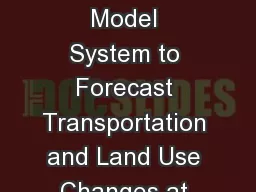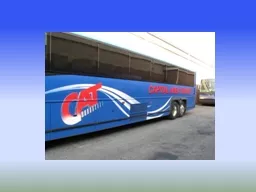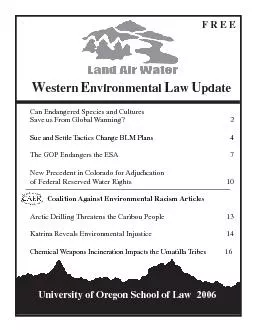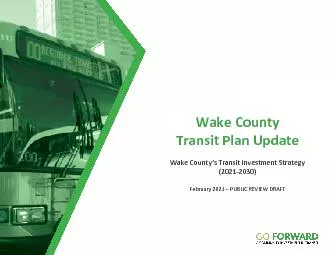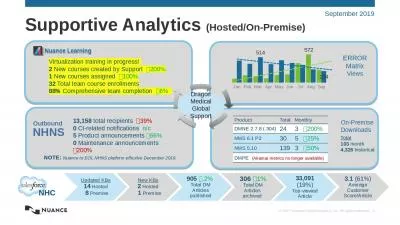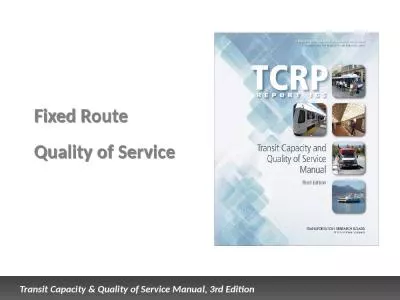PPT-Transit Supportive Land Use
Author : natalia-silvester | Published Date : 2015-11-15
VIA Board Briefing November 18 2014 VIA Long Range Plan Vision for HighCapacity Transit across VIA service area by 2035 From extensive public and stakeholder input
Presentation Embed Code
Download Presentation
Download Presentation The PPT/PDF document "Transit Supportive Land Use" is the property of its rightful owner. Permission is granted to download and print the materials on this website for personal, non-commercial use only, and to display it on your personal computer provided you do not modify the materials and that you retain all copyright notices contained in the materials. By downloading content from our website, you accept the terms of this agreement.
Transit Supportive Land Use: Transcript
Download Rules Of Document
"Transit Supportive Land Use"The content belongs to its owner. You may download and print it for personal use, without modification, and keep all copyright notices. By downloading, you agree to these terms.
Related Documents

